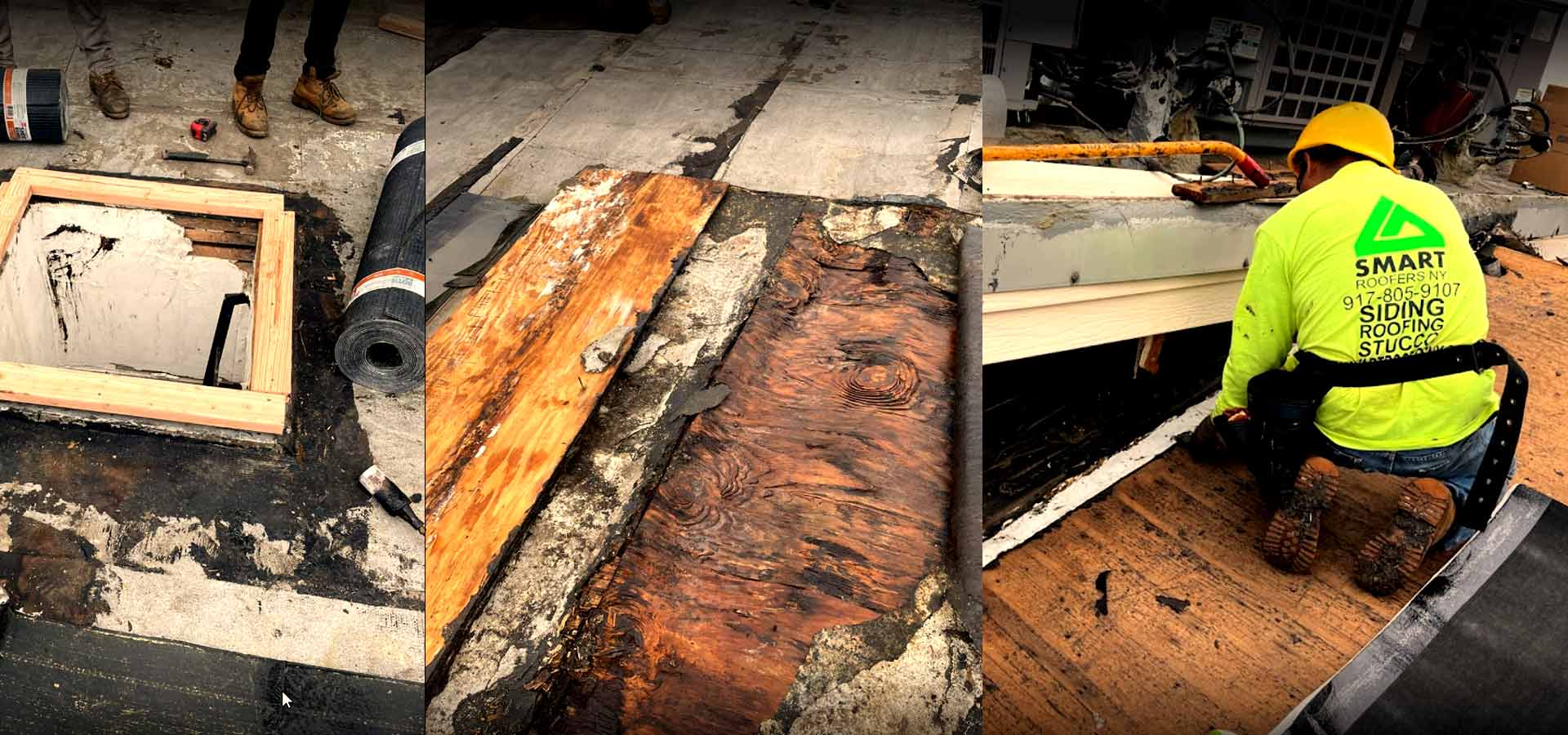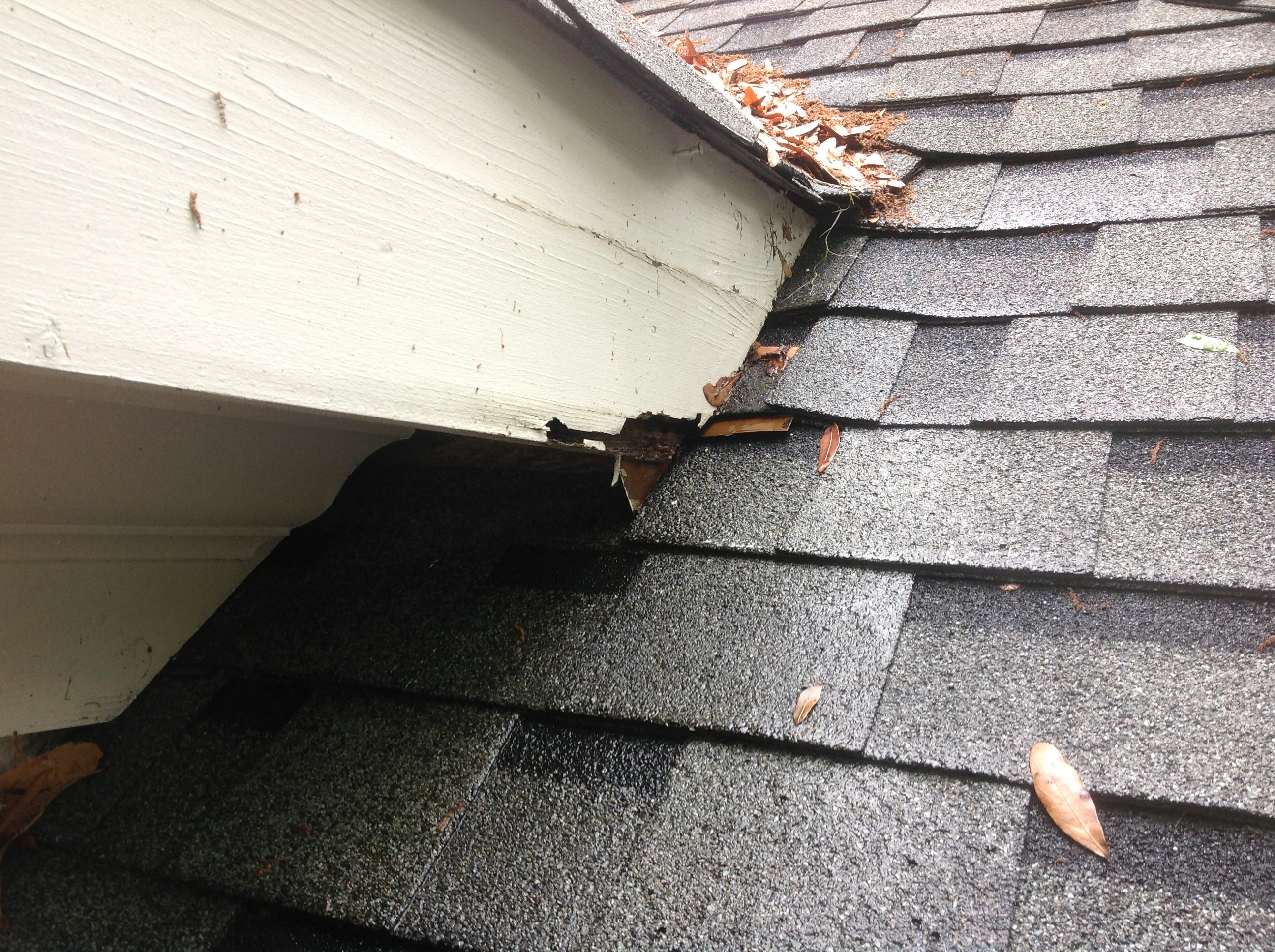Roofers Oahu: Expert Roof Installations and Services
Roofers Oahu: Expert Roof Installations and Services
Blog Article
Comprehending the Various Kinds Of Roofings: A Comprehensive Overview for Homeowners
With a variety of alternatives-- ranging from the traditional gable to the modern level-- each type offers special advantages and challenges that need to line up with the house owner's ecological considerations and details requirements. As we explore the intricacies of numerous roofing system types, it ends up being apparent that one dimension does not fit all; the ideal option might shock you.
Gable Roofings
Saddleback roofs, identified by their triangular shape, are amongst the most preferred roof designs because of their simpleness and efficiency in losing water and snow. This design includes 2 sloping sides that satisfy at a ridge, enabling effective water drainage and decreasing the risk of water build-up. The steep pitch frequently connected with gable roofings boosts their ability to take care of heavy precipitation, making them ideal for various climates.
Along with their practical benefits, gable roof coverings offer aesthetic flexibility. They can be adjusted to various architectural designs, from conventional to modern homes. The design can also fit extra features such as dormer windows, which improve all-natural light and air flow in the attic room space.
Furthermore, gable roof coverings provide enough space for insulation, adding to energy effectiveness. Home owners can select from a variety of roofing materials, including asphalt roof shingles, metal, and floor tiles, better enhancing customization options.
Despite their advantages, gable roofings might call for added assistance in locations susceptible to high winds or hefty snowfall. On the whole, the gable roof covering remains a favored selection as a result of its mix of capability, durability, and visual appeal.
Apartment Roofs
Level roofings are commonly identified for their minimal style and functional applications, specifically in industrial and commercial setups (oahu roofing). These roofs include a straight or almost horizontal surface, which allows for simple building and flexible space application. While they might lack the aesthetic allure of pitched roof coverings, level roofings provide many advantages, particularly in city environments where optimizing room is crucial
One of the primary benefits of level roofing systems is their availability. Home owners can use the roof room for different functions, such as roof gardens, balconies, or solar panel installments. Additionally, level roofing systems are commonly a lot more cost-effective to mount and maintain contrasted to their sloped counterparts, as they need less materials and labor.
Nonetheless, flat roof coverings do present particular challenges. Correct drainage is vital to prevent water pooling, which can bring about leaks and structural damages. Therefore, choosing top notch waterproofing products and regular evaluations are important for ensuring longevity. Common products used for level roof coverings include built-up roof covering (BUR), modified bitumen, and single-ply membrane layers, each offering distinctive benefits. Generally, flat roof coverings function as a functional and adaptable option for many home owners and companies alike.
Hip Roofings
Hip roofings are defined by their sloped sides that assemble at the top, forming a ridge. This design is distinct from saddleback roofs, as all 4 sides of a hip roof covering incline downwards toward the wall surfaces, supplying a much more steady structure. The angle of the inclines can differ, enabling for adaptability in architectural looks and performance.
One of the primary benefits of hip roofings is their capability to endure heavy winds and unfavorable climate condition. The sloped surface areas allow much better water drainage, reducing the threat of leakages and water damage. In addition, hip roofings provide increased attic room, which can be used for storage or perhaps converted right into comfortable locations.
Nevertheless, building a hip roof can be a lot more complicated and costly than simpler roof covering types, such as gable roofing systems. The additional product and labor associated with developing the slopes and making certain appropriate structural honesty can see this result in greater costs. Regardless of these downsides, numerous house owners prefer hip roofings for their resilience, visual allure, and capacity for energy performance.
Mansard Roofing Systems
Mansard roof coverings, typically identified by their unique four-sided style, attribute two slopes on each side, with the reduced incline being steeper than the top. This architectural style, stemming from France in the 17th century, is not just aesthetically attractive however functional, as it optimizes the useful space in the upper floors of a structure. The high reduced incline allows for more headroom, making it a suitable selection for lofts or attics, which can be converted into living areas.
Mansard roof coverings are identified by their versatility, fitting different building styles, from standard to contemporary. They can be created with various products, consisting of asphalt shingles, slate, or metal, supplying home owners with a variety of alternatives to match their spending plans and choices. Additionally, the style enables the assimilation of dormer home windows, boosting natural light and ventilation in the upper levels.
Nevertheless, it is necessary to consider the potential drawbacks. Mansard roofs might call for more maintenance because of the complexity of their design, and their steep slopes can be testing for snow and rain overflow. On the whole, mansard roof coverings combine sophistication with functionality, making them a prominent choice among home owners looking for unique architectural attributes.
Dropped Roofing Systems
As property owners increasingly look for simplicity and capability in their building designs, check out this site lost roofings have emerged as a prominent choice. Identified by a solitary sloping plane, a shed roof covering provides a minimalist visual that matches numerous home designs, from contemporary to rustic.
Among the primary benefits of a shed roofing system is its uncomplicated building, which often equates to decrease labor and material prices. This design permits for efficient water drainage, lowering the danger of leakages and water damages. Furthermore, the upright slope supplies ample space for skylights, improving all-natural light within the inside.
Shed roof coverings also provide adaptability in regards to usage. They can be successfully incorporated right into additions, garages, or outside frameworks like structures and sheds. Additionally, this roof covering design can accommodate numerous roof covering materials, consisting of steel, asphalt tiles, and even environment-friendly roofings, lining up with green initiatives.
However, it is necessary to take into consideration local environment problems, as hefty snow tons may require modifications to the roofing's angle or framework. Generally, dropped roofing systems provide a useful and visually pleasing option for homeowners wanting to make best use of capability without jeopardizing style.
Conclusion


Gable roofs, defined by their triangular form, are among the most preferred roofing designs due to their simplicity and efficiency in losing water and snow. oahu roofing. The steep pitch frequently associated with gable roofings boosts their capability to manage heavy rainfall, making them suitable for different environments
While they may do not have the visual appeal of pitched roof coverings, level roofings supply many pop over to this site benefits, especially in urban atmospheres where making the most of area is vital.

Report this page